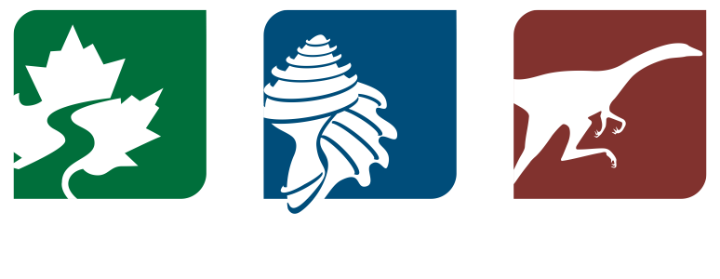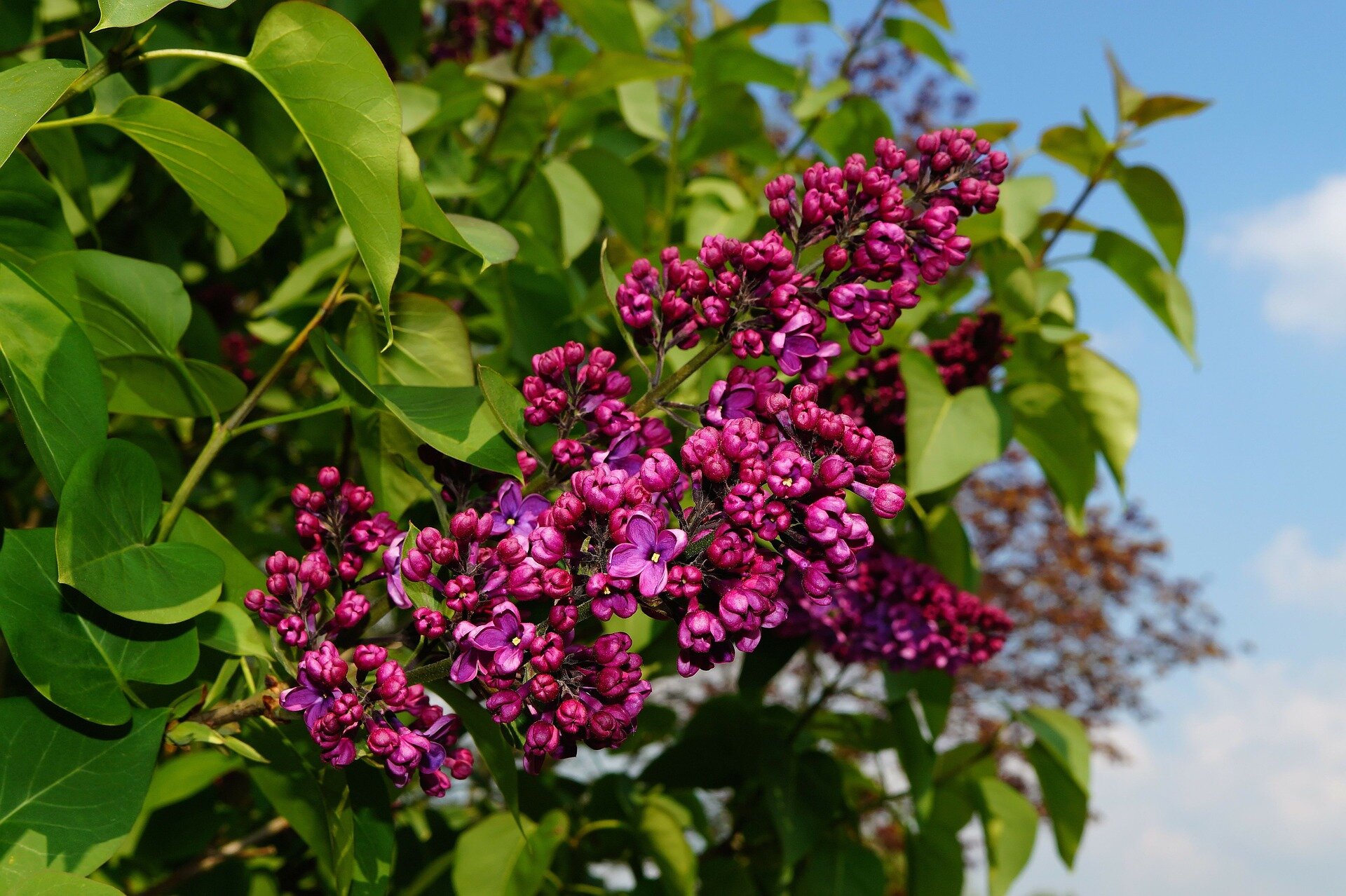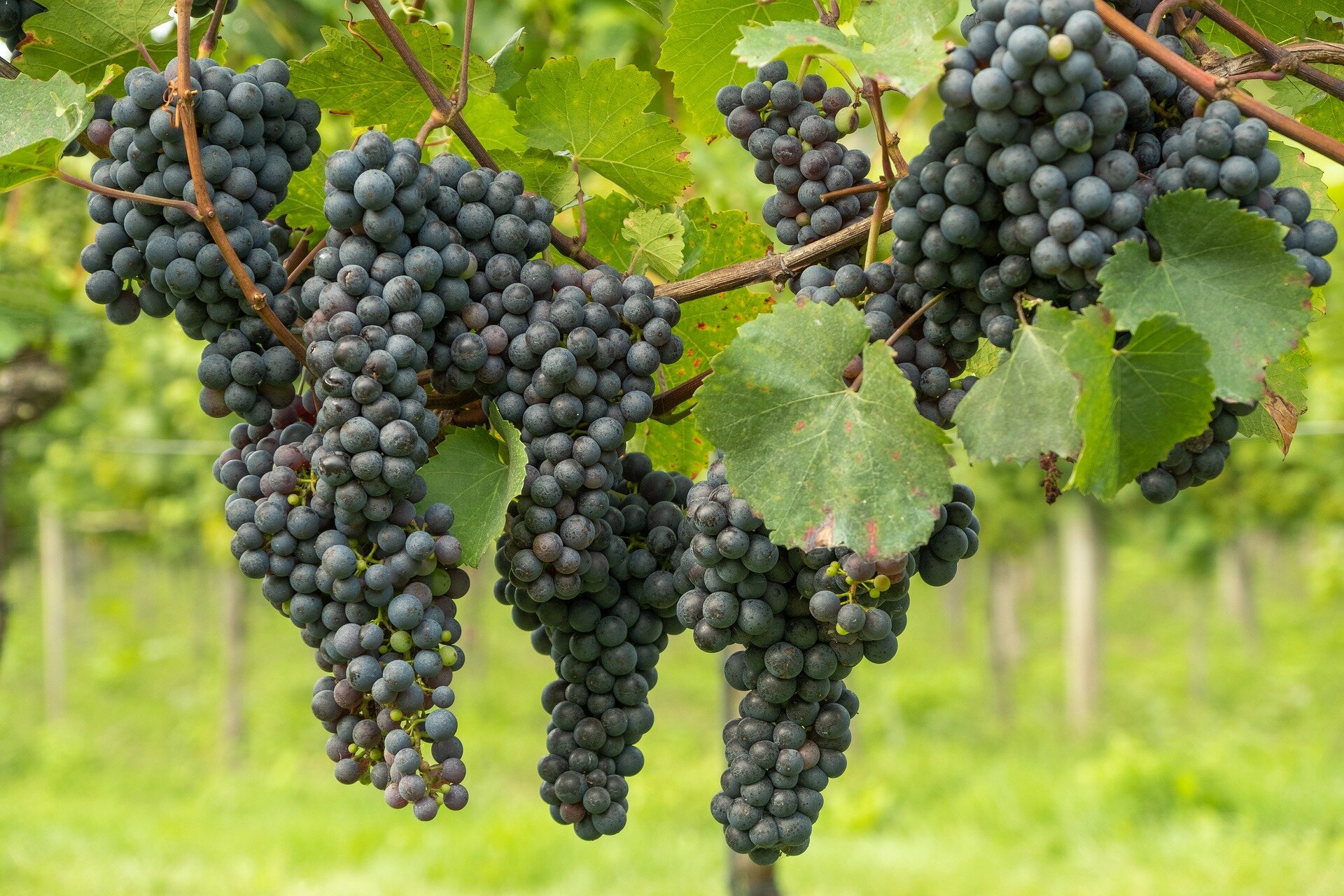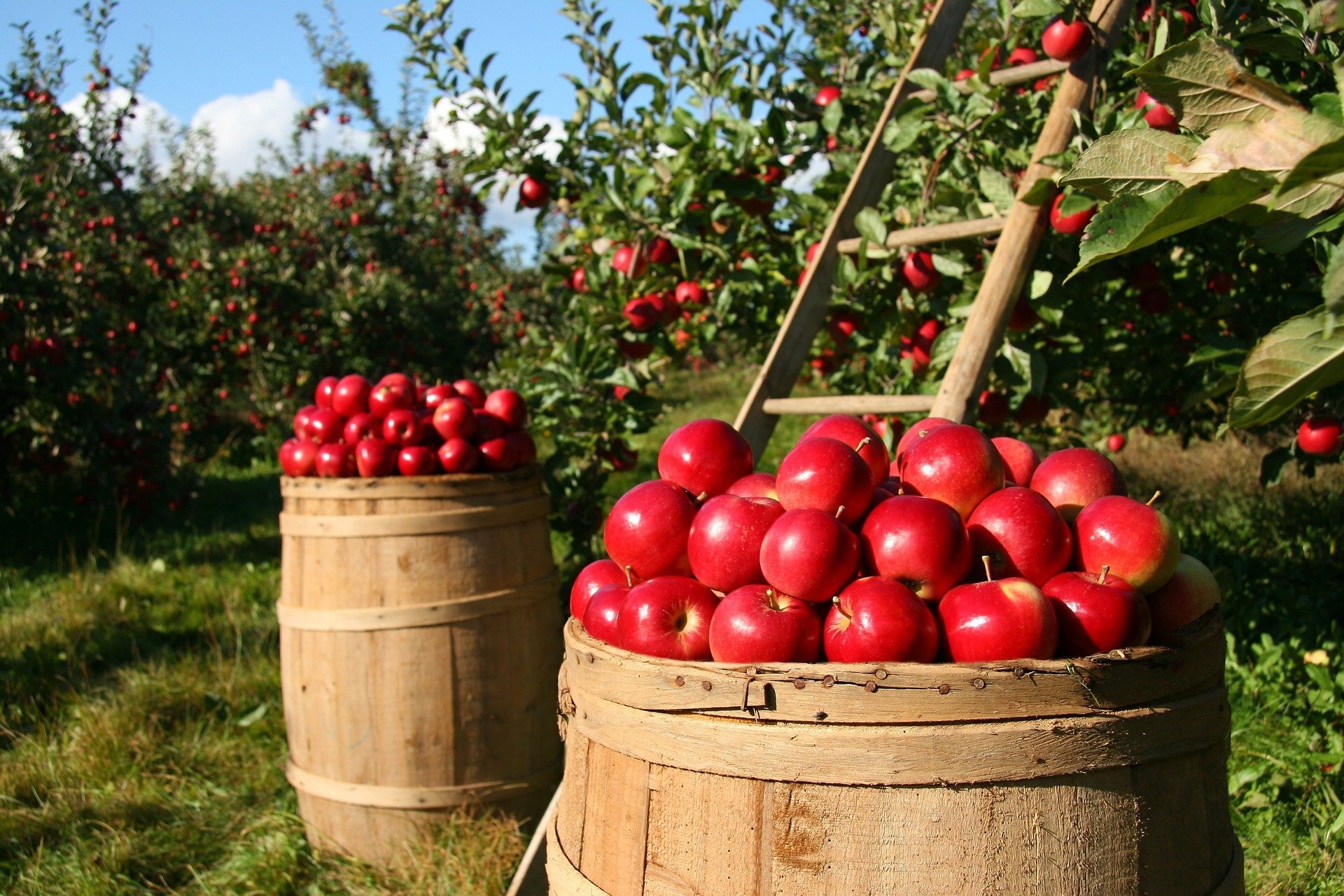New York’s Plants and Animals Respond to Change
New York’s climate is changing, transforming plant and animal life in our forests, creeks, and backyards. In order to survive, plants and animals need to adapt to changes in rainfall, snowfall, temperature, and ice cover just as humans do. A warmer climate brings challenges and opportunities.
Changing Forest Composition
Currently, forests in the Northeast US are made up of a variety of trees including maple, beech, birch, pine, oak, spruce, hickory, and more. But projections are that habitats ideal for spruce-fir and maple-beech-birch forests will decline, and those ideal for oak-dominated forests will expand.
Though some species may be more productive due to an extended growing season and increased carbon dioxide, forests will be challenged by other factors:
Plants Thrive in Different Zones
Gardeners and farmers choose plants in part based on hardiness zones: distinct climate regions where different plants thrive, based on the minimum winter temperature averaged over many years. These zones are shifting north. The U.S. plant hardiness zone map was revised in 2015 to reflect a warmer climate. Much of Tompkins County has shifted a half zone warmer (from Zone 5a in 1990 to Zone 5b in 2015).
Earlier Blooming
One of the indicators of a changing climate is change in the timing of when plants bloom in the spring. For example, lilacs, grapes, and apples in the Northeast are blooming on average four, six, and nine days earlier in the 2000s than they did in the 1960s.
Changing Animal Populations
Adult deer tick
Image: US Department of Agriculture
Blacklegged ticks—also called deer ticks—are carriers of Lyme disease and are becoming more abundant as New York’s climate warms. These ticks are spread by white-tailed deer and white-footed mice. With fewer days of snow cover than in the past, more vegetation is exposed, making it easier for deer and mice to find food and survive the winter. And warmer winters means more days when ticks can be active.
Have you noticed changes in white-tailed deer populations?
Photo: Courtney Celley, US Fish and Wildlife Service
Changing migration patterns
Birds such as wood ducks and teal need open water and food to survive the winter. As our climate warms they will not need to migrate as far south as they used to in order to find suitable winter habitat. Migration patterns and timing for some birds are shifting, and we’re likely to see changes for wood ducks as well.
A pair of wood ducks in flight
Photo: James Roane, US Fish and Wildlife Service (CC BY 2.0)
Interested in community science? You can report your duck sightings to ebird.org.
INvasive insect SPECIES WREAK havoc
Climate change sets the stage for introduction of non-native species.
Insects that never previously lived in New York State, or that didn’t always overwinter here successfully, are now drawn to our warmer climate. With warmer winters, many insects survive more easily and can reproduce more often. Insects new to our region include Asian longhorn beetles and the hemlock wooly adelgid. Flea beetles and corn earworms may start to overwinter here as the climate warms. These insects pose a serious threat to forests and farms.
Asian longhorned beetle
These insects destroy hardwood trees such as maples, threatening our maple syrup production.
Photo: Integrated Pest Management Program at Cornell University (CC BY 2.0)
Aggressive Plants
Invasive plants are plants that spread outside of their native habitat, and they can disturb ecosystems, sometimes entirely crowding out various native species. This loss of biodiversity can harm animals and disrupt the food chain.
Multiflora rose
The multiflora rose is beautiful but highly invasive, and it will benefit from earlier springs. Its leaves appear ahead of many native plants, giving it a jump start on the growing season. Birds eat the many rosehips this plant produces, and spread its seeds.
Photo: Dan Mullen (CC BY-NC-ND 2.0)
You can see the multiflora rose growing on the grounds of the Cayuga Nature Center.
Kudzu: “the vine that ate the south”
Kudzu is a highly invasive, rapidly growing weed that has devastated plants in the southeastern U.S. It grows well in climates with mild winters and hot, sunny summers. As of 2014, it had reached New York State. As New York State’s climate warms we may face infestations of this and other non-native plants.
It’s all connected
Changes to one plant or animal can create a ripple effect, altering the region as we know it.
For example, the hemlock wooly adelgid—an invasive insect—has been thriving in southern and central New York State due to warmer winters. These insects tend to destroy hemlock trees as they search for sap to eat. In the past, hemlock trees shaded local streams, keeping them cool. But as trees disappear the streams warm, stressing New York’s state fish, the brook trout, which needs cool streams to survive.
Changes in brook trout, hemlock, and hemlock wooly adelgid populations are connected to each other and to climate change.
Brook trout need cool water to thrive, and hemlocks provide shade over streams.
















